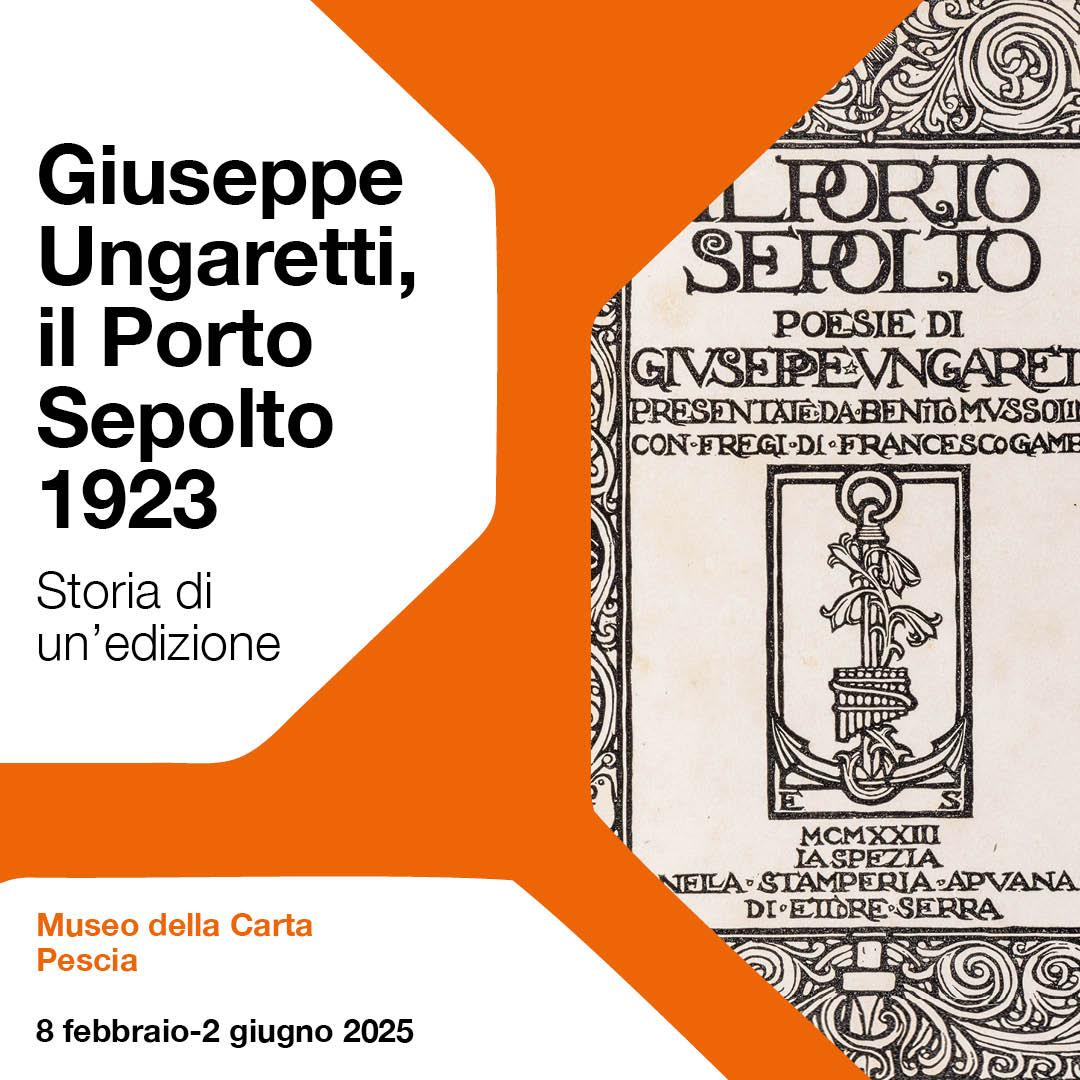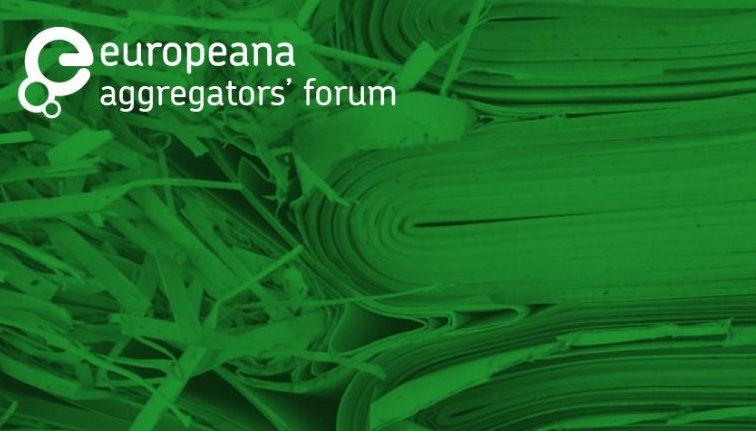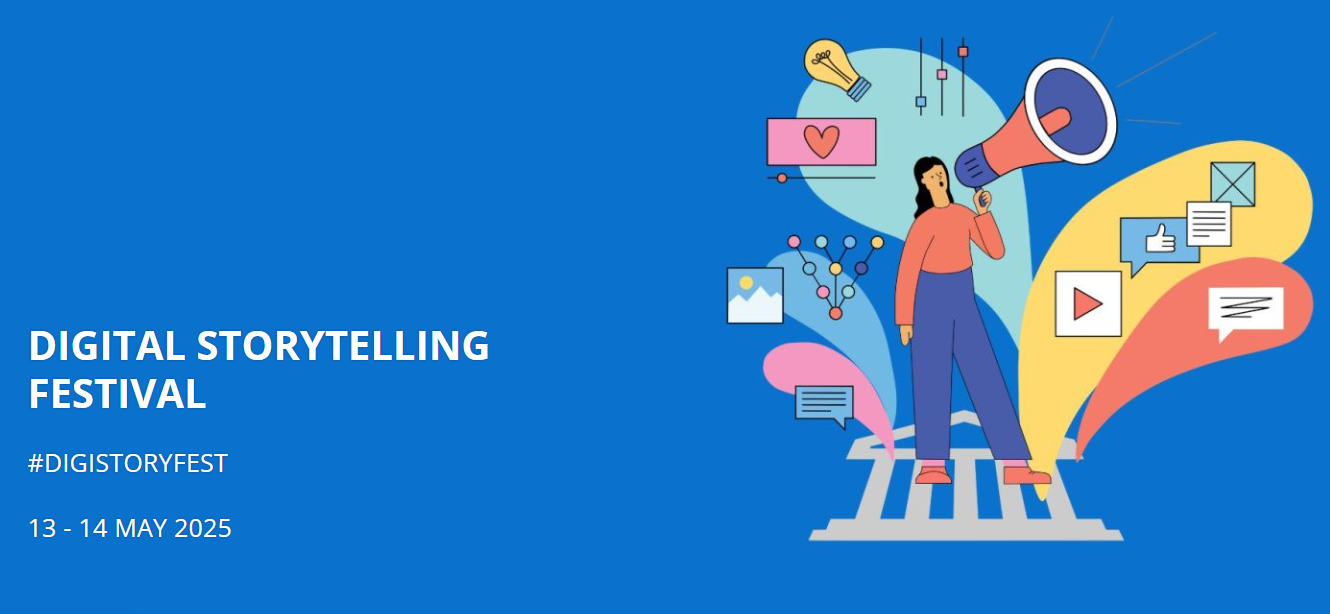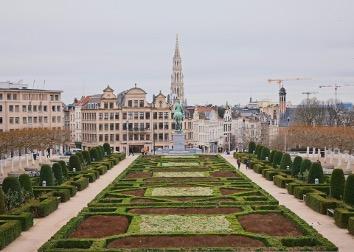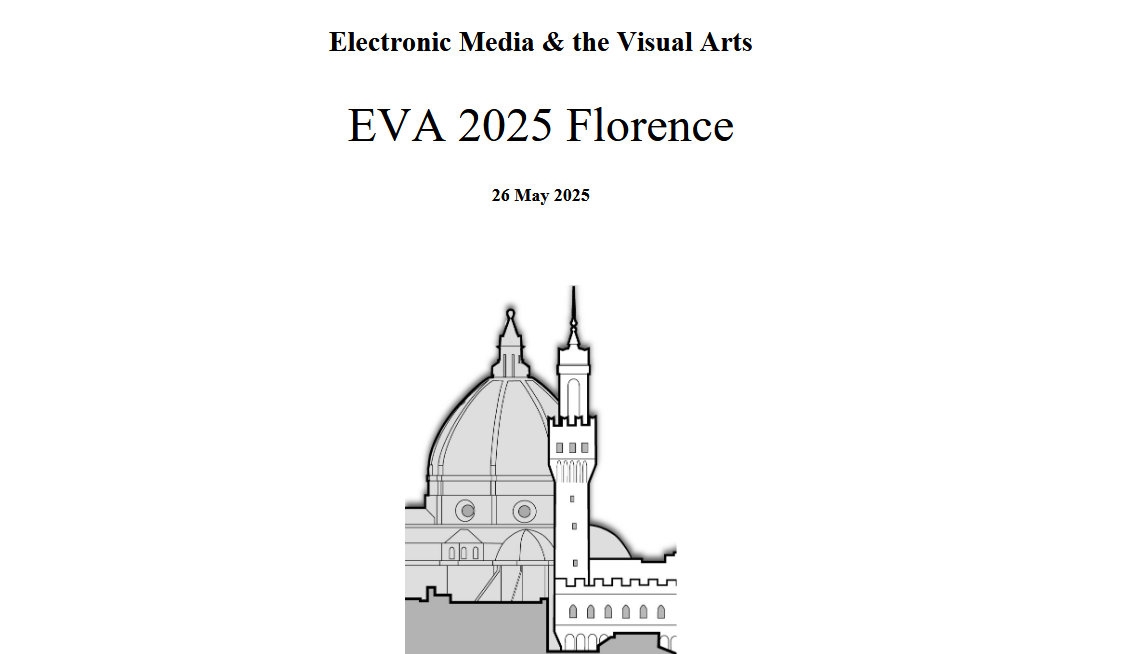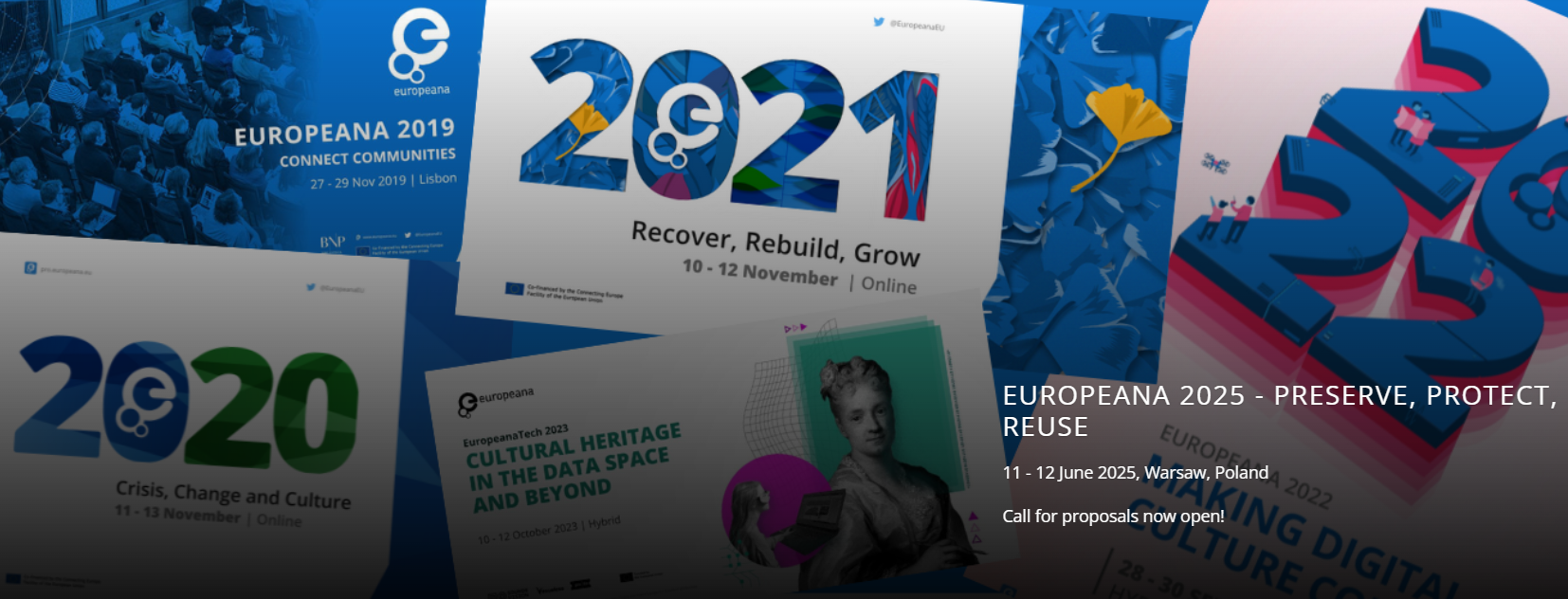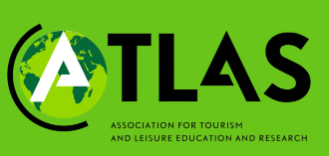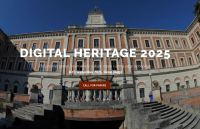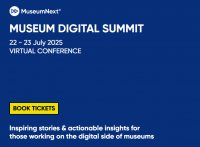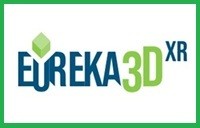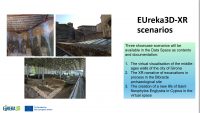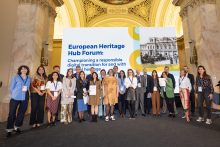 The aim of the AppHub project is to support the market outreach strategies of EU-supported open source by launching AppHub, the European open source market place. AppHub is a service platform that will help the market to seamlessly identify, position and implement the software outcomes of your projects.
The aim of the AppHub project is to support the market outreach strategies of EU-supported open source by launching AppHub, the European open source market place. AppHub is a service platform that will help the market to seamlessly identify, position and implement the software outcomes of your projects.
Benjamin Yousefi from Riksarkivet will participate to the discussion group to present the experience of the PREFORMA project.
When and where
Brussels, January 26, 2016
European Commission
Avenue de Beaulieu 25
1160 Brussels, Belgium
Registration
Participation is free, but because of security policies of the European commission registration is required.
Register here: http://l.ow2.org/squatfest
Registration deadline: January 8, 2016

The SQuAT Fest will take place the day after the Info Day about Horizon 2020 ICT-LEIT opportunities for research funding grants organized by the European Commission: http://europa.eu/!Kg36Tr
SQuAT Fest objectives
The main objective of the SQuAT Fest is to assist European open source project to bring their software into the AppHub European Open Source Marketplace. In addition, we like to understand the current state of open source software as developed by EU funded projects, and how we can assist them to improve their quality assurance and governance processes.
Who should participate
Project coordinators who like to understand how to establish proper open source governance as part of the exploitation strategy of their projects
Technical people who like to employ a platform for showcasing their results to make their work known, and are interested to learn about tools for software quality assurance.
Participants contribution
Please do not prepare slides! We like participants to engage in an open dialogue about the challenges, problem, and success stories on open source software development. Please prepare a short statement about:
- Your project in general, and the software you are developing under an open source license;
- the group of users that you address with your software;
- the measures that you employ in order to ensure that you deliver quality software;
- the way you manage your community of contributors and users;
- the expectations that you have on our workshop.
- Remember: No slides!
Bring your own software! If you have executables and an installation procedure ready we can immediately assist to bring your software into the AppHub Open Source Marketplace. We will organize a hands-on session on the AppHub platform and the Quality Assurance tool set of OW2.
You can find a detailed agenda here.
Please, REGISTER NOW: http://l.ow2.org/squatfest
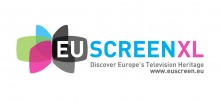 During two eventful days the EUscreen network will involve archivists, curators, broadcasters and researchers to discuss the benefits and challenges arising from the openness of archives and collections in the digital age. The availability of audiovisual heritage online provides new possibilities of curation, participation, exchange and transnational cooperation that not yet have been fully explored.
During two eventful days the EUscreen network will involve archivists, curators, broadcasters and researchers to discuss the benefits and challenges arising from the openness of archives and collections in the digital age. The availability of audiovisual heritage online provides new possibilities of curation, participation, exchange and transnational cooperation that not yet have been fully explored.

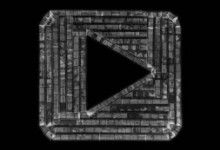
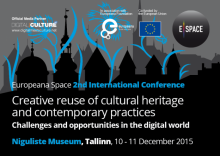
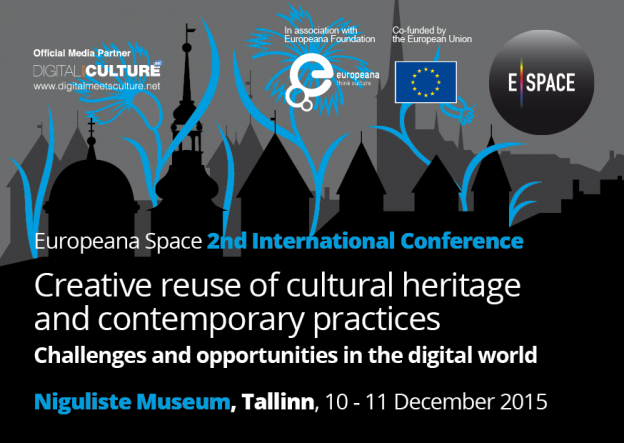

 The aim of the
The aim of the 




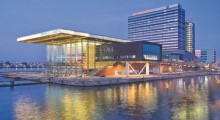
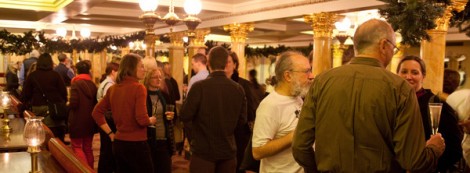
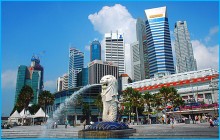
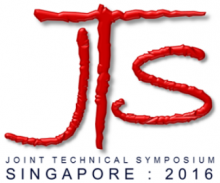
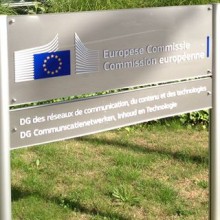
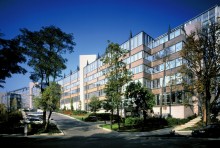 PREFORMA has been invited to the third concertation meeting for all on-going PCP projects in DG Connect, organised by the European Commission in Brussels on 10 March 2015.
PREFORMA has been invited to the third concertation meeting for all on-going PCP projects in DG Connect, organised by the European Commission in Brussels on 10 March 2015.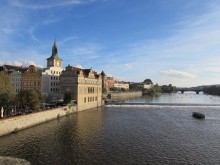
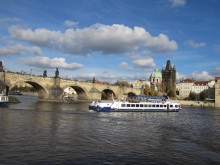 Registration is open for the next PASIG (Preservation and Archiving Special Interest Group) conference in Prague:
Registration is open for the next PASIG (Preservation and Archiving Special Interest Group) conference in Prague: 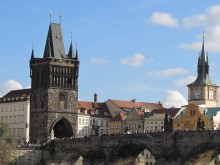 PASIG is a highly collaborative and interactive forum and generally attracts a large contingent of new participants.
PASIG is a highly collaborative and interactive forum and generally attracts a large contingent of new participants.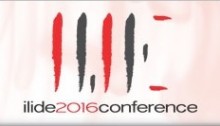

 If you have interesting news and events to point out in the field of digital cultural heritage, we are waiting for your contribution.
If you have interesting news and events to point out in the field of digital cultural heritage, we are waiting for your contribution.
